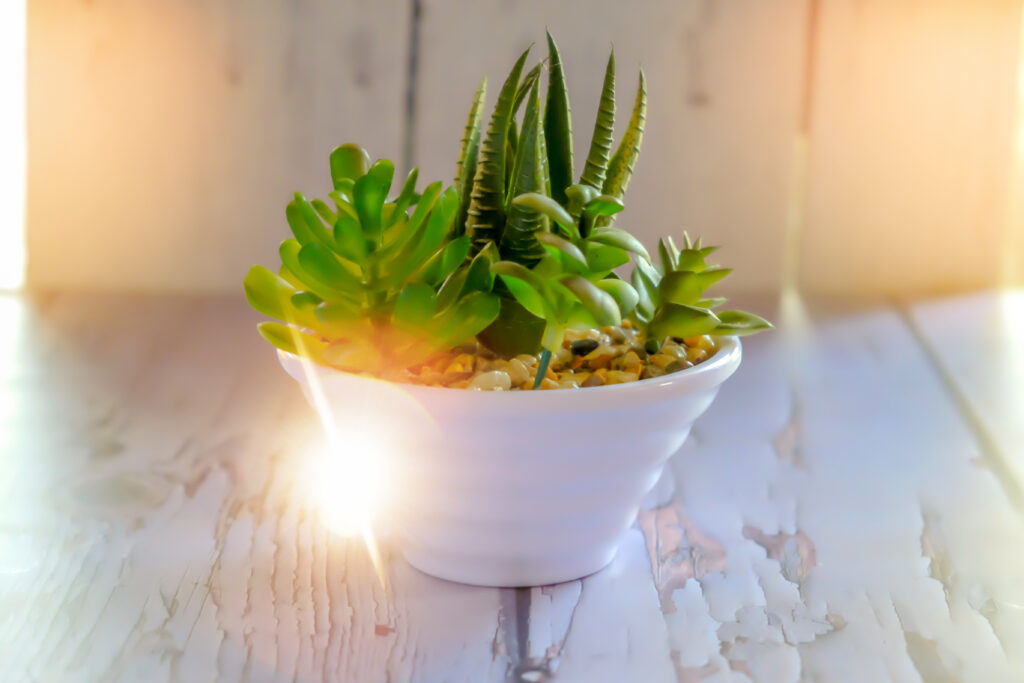Succulents are well-known for loving sunlight, yet not all succulent species can handle direct rays all day long. Some do best in partial shade, while others crave several hours of direct exposure. This range of preferences can be confusing for plant owners wondering why one succulent thrives on the windowsill while another appears sunburned or stretched. Understanding these differences is crucial to ensuring that each succulent species receives its ideal amount of light.
Full-Sun Varieties
Understanding Different Succulent Species
Certain succulents flourish under direct sun for much of the day. These species often exhibit vibrant coloration when given ample light.
- Echeveria: Known for pastel hues that intensify in sunlight.
- Agave: Thrives in bright, direct light and can develop striking leaf imprints.
- Sedum: Many low-growing sedums show their best colors under strong sun conditions.
Partial-Shade Lovers
Some succulents originate from understory or filtered-light environments in their native habitats.
- Haworthia: Prefers bright, indirect light to avoid leaf bleaching.
- Gasteria: Thick, strap-like leaves can scorch under intense midday sun.
- Sansevieria (Snake Plant): Tolerant of lower light but also happy in brighter areas, making it extremely versatile.
Indoor Lighting Solutions
- Windows and Direction: South-facing windows offer the strongest light, but east- and west-facing windows can also be suitable.
- Grow Lights: In rooms lacking enough natural light, a full-spectrum LED grow light can sustain sun-loving succulents.
- Rotation: Regularly rotate your pots to ensure even light exposure and prevent lopsided growth.

Recognizing Light Stress
- Stretching (Etiolation): Occurs when a succulent lacks sufficient light, leading to elongated, pale growth.
- Sunburn or Bleaching: Brown patches or bleached leaves indicate too much direct, harsh sunlight.
- Slow Growth or Dull Color: May signal inadequate light if the succulent remains otherwise healthy.
Transitioning Between Light Conditions
When moving a succulent from shade to direct sun, do so gradually. Start with a few hours of morning sunlight and slowly increase exposure over a week or two. Sudden shifts can shock the plant, leading to scorch marks or stunted development.
Tips for Shadier Homes
- Opt for Shade-Tolerant Species: Haworthia, Gasteria, and certain Peperomias adapt well.
- Use Reflective Surfaces: Mirrors or white walls can bounce available light toward your plants.
- Periodic Sun-Bathing: If possible, move your succulents to a brighter spot for a few hours each week or month.
Finding the right balance of sun and shade for your succulents is essential for keeping them healthy and vibrant. From Echeverias that adore strong light to Haworthias that prefer gentler exposure, each species has unique needs. By observing signs of light stress, adjusting placement, and leveraging tools like grow lights, you can create the perfect environment for every succulent in your collection. The result is a thriving indoor garden where each plant shines—quite literally—under its ideal lighting conditions.




